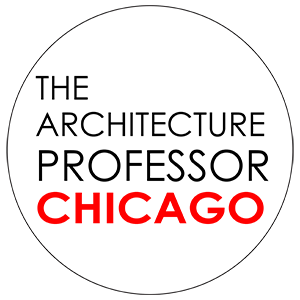6.1. THE GIANT LOTTERY: A TRANSCONTINENTAL RAILROAD?
The idea of linking the Atlantic Coast with the Pacific Coast by a transcontinetal railroad had been the subject of speculation throughout the U.S. since at least 1829 when New Yorker William C. Redfield made a proposal to build an interstate railroad from the Atlantic to the Mississippi River (see Chap. 2.3). Then on February 6, 1832, the Ann Arbor (MI) Emigrant had published an article that proposed to extend Redfield’s interstate route (including Redfield’s bypassing the mouth of the Chicago River) into a full-fledged transcontinental railroad to the Pacific Coast. These early proposals help to establish the context of thirty year-old William Ogden’s 1835 speech in favor of the Erie Railroad (see Chap. 3.11 )before the New York state legislature in which he had predicted a rail system from the Atlantic to the Mississippi River. By this time, fur traders and explorers had been making their way up the Platte River valley since the first train of trader wagons had struck out from Independence, MO, in 1832 to the Oregon Country (the Pacific Southwest was still Mexico).

One the people most responsible for the continued exploration of the “West” beyond the Mississippi had been Missouri’s Sen. Benton, who had been championing Western internal improvement projects since his initial election in 1821. (see Chap. 1.12) Benton quite naturally argued that St. Louis, being in the center of the country at the confluence of the Ohio, Mississippi and Missouri Rivers, should be the starting point of the railroad to the Pacific. But little was known about the geography that lay between Independence, MO, upriver along the Missouri River from St. Louis, the jumping off point for wagon trains to the the Oregon country. Benton made sure he was current with the lastest information by inviting the region’s explorers to his house for dinner and drinks. One such explorer was John C. Frémont, a young lieutenant in the Army’s Corps of Topographical Engineers who had explored and surveyed much of the territory between the Mississippi and Missouri Rivers. During one of Benton’s soirées, Frémont had fallen in love with Benton’s daughter, Jessie, whom he soon married, creating a very formitable threesome. Benton would secure Federal funding that would enable Frémont to continue his explorations in search of the best route that started in St. Louis for the transcontinental railroad. He had set out on his first trip during the summer of 1842 from St. Louis in the company of mountain man Kit Carson as his guide to the South Pass. Returning successfully five months later, he proceeded to write with the able assistance of his wife his reflections on the experience that were soon published throughout the country’s newpapers under the title, A Report on an Exploration of the Country Lying between the Missouri River and the Rocky Mountains on the Line of the Kansas and Great Platte Rivers. Frémont became an instant celebrity, familiarizing the American public with what great wonders awaited them in the trans-Mississippi West.

Benton used his son-in-law’s newly found fame to garner support for the funding of a second expedition the following year. Frémont took off in the summer of 1843 with the objective of mapping the route west of the South Pass to the contested land of Oregon. His route also took him down into the Mexican provinces of Alta California and Nuevo Méxicobefore he made the way back to St. Louis. Upon his return, he produced a map even more detailed than his 1843 map, that Congress published and distributed throughout the country in 1845. “By 1845, magazines and newspapers had become imbued with [through the efforts of Frémont and his father-in-law] and convinced of the need of a Pacific Railroad.” The U.S. had elected Southerner James Polk as President in Nov. 1844, and he was committed to making the Pacific Railroad a reality. He just disagreed on the route it should take.

FURTHER READING:
Borneman, Walter R. Iron Horses: America’s Race to Bring the Railroad West. New York: Back Bay, 2010.
Galloway, John Debo. The First Transcontinental Railroad. New York: Simmons-Broadway, 1950.
Williams, John Hoyt. A Great and Shining Road-The Epic Story of the Transcontinental Railroad. Lincoln: University of Nebraska Press, 1989.
(If you have any questions or suggestions, please feel free to eMail me at: thearchitectureprofessor@gmail.com)


